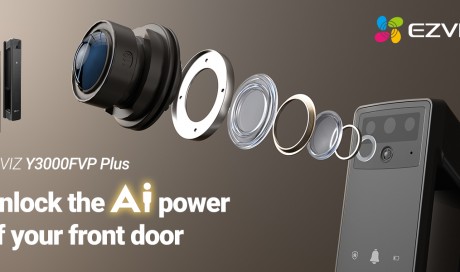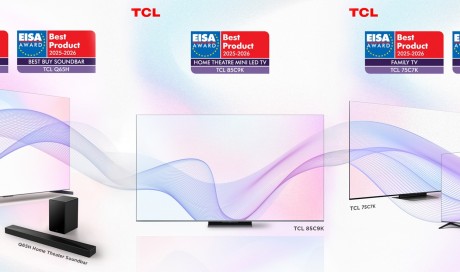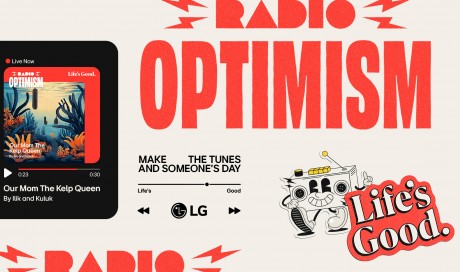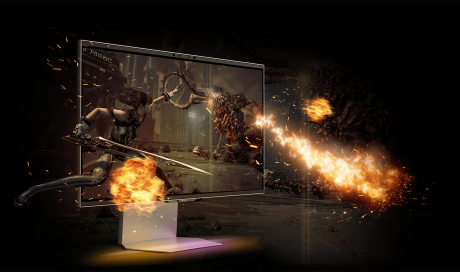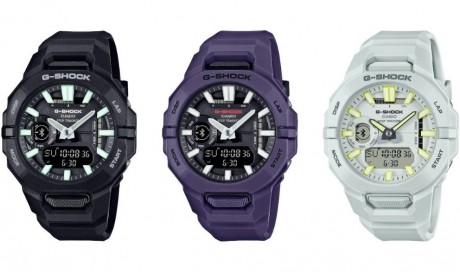Camera
For their main cameras, the iPhone 8 and 8 Plus share a 12-megapixel sensor. It's faster, the company claims, and they have deeper pixels (you know, for greater clarity and color accuracy). Though I had my doubts, Apple's big talk seems mostly warranted. These are excellent cameras, especially if all you care about is shooting from the hip and getting attractive shots.
My test shots came through with more impactful colors and slightly more detail than the same photos taken with a 7 Plus. Nuances that the iPhone 7 Plus's camera smoothed a little too much appeared more crisp with Apple's new cameras. In most daylight shots, the iPhone 8 and 8 Plus captured more detailed photos than Samsung's Galaxy Note 8. The differences were subtle, but definitely there.
Gallery: iPhone 8 and 8 Plus camera samples | 30 Photos
That said, the different ways these phones handle colors are interesting: The iPhone 8 and 8 Plus consistently churned out photos that looked more true to life, but the Note 8's shots looked a little brighter and more... idealized. They seemed to reflect the world the way I wished it appeared, rather than the way it did. Bear in mind, that's with HDR enabled on both cameras -- the 8 and 8 Plus now shoot HDR by default, though you can turn it off if you really want to. In low light, the Note 8 churned out photos that were marginally brighter without a flash, but Apple also built in an improved quad-LED flash that very quickly flashes after a longer exposure. I generally don't love shooting with the flash, but Apple's approach helped change that for me. Given Samsung's excellent work with its cameras, the fact that Apple's camera is just as good -- if not a little better in some ways -- is something to behold.
Of course, the iPhone 8 Plus has a second 12-megapixel telephoto camera, and it's a touch less impressive. It's not quite as good in low light, because it has an f/2.8 aperture, as compared with the wider f/1.8 aperture seen in the wide-angle camera. Still, having both cameras here allows for some extra tricks. Portrait mode is back, and it's much improved over the version we first tested last year. This time, your subject can be within eight feet of your camera, and the 8 Plus does a better job of figuring out where the edges are blurring out the background behind them. Apple's original portrait mode also suffered from poor performance in low light, and thankfully that's less of an issue with the 8 and 8 Plus; it helps that you can now use the flash for these portraits.
And then there's Portrait Lighting. This feature is exclusive to the 8 Plus and X, and make no mistake: It's very much still in beta. That becomes almost painfully obvious after a few minutes playing with it. Natural Light offers the standard portrait photos I've described. Studio Light does a good job brightening up the subject's face. The next three modes can be more problematic. Contour Light is meant to make faces pop with more dramatic lighting, but it typically just made me -- a brown-skinned man -- look even darker and more ominous than before. (In an informal poll of co-workers I've shot in this mode, nearly all of them said it accentuated features they wished hadn't been.) Stage Light and Stage Light Mono both black out everything behind a subject, and they really just highlight how difficult it can be to separate what's in the foreground and background. A lot of my photos shot with these modes just look awkward, and I hope they get much better soon.
Anyway, the 8 and 8 Plus also have considerably upgraded video chops. In addition to shooting 4K video at 60 frames per second, they can now record super-slow 240fps video at 1080p. When the conditions are just right, it's almost surprising how crisp and impressive fluid 4K footage can look on these screens. I'm generally not much of a slow-motion shooter, but Apple has done some very good work here -- it's nice to be able to pick out minute details in the frame right when things start to slow down.
...[ Continue to next page ]
Share This Post

